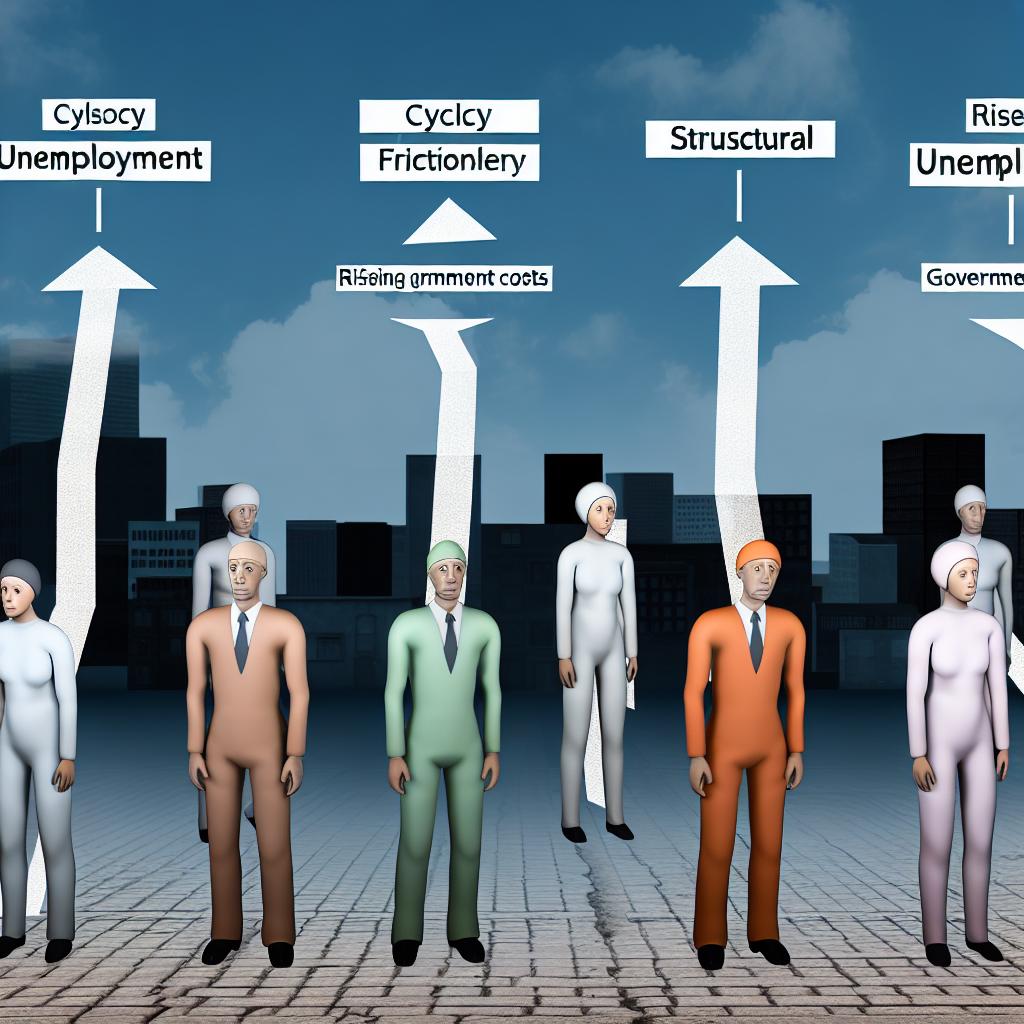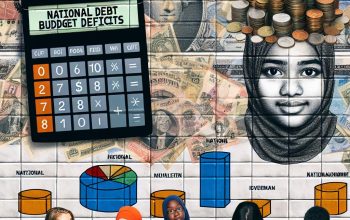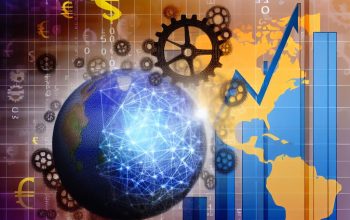Understanding Unemployment
Unemployment, defined as the situation where individuals capable of working and actively seeking employment are unable to secure a job, is a core topic in economic discussions. It serves as a critical indicator of economic health and stability, impacting individuals on a personal level as well as societies and economies at large. Policy makers and economists frequently utilize unemployment rates to gauge the overall economic climate.
Types of Unemployment
Several types of unemployment reflect various economic conditions and causes. Understanding these distinctions is crucial for designing effective policies and interventions.
1. Frictional Unemployment: Frictional unemployment is a natural and generally short-lived phenomenon in a vibrant economy. It occurs as individuals transition between jobs or enter the workforce for the first time. This type of unemployment is often inevitable due to changes in personal circumstances or people seeking better employment opportunities.
2. Structural Unemployment: Changes in the market demand which result from technological advancements or shifts in industrial structures can lead to structural unemployment. For instance, if a particular industry’s demand decreases or transforms significantly, workers may find their skills obsolete or irrelevant, making it difficult to find new employment without retraining or further education.
3. Cyclical Unemployment: This form of unemployment correlates directly with the business cycle. During recessions or periods of economic depression, demand for goods and services falls, resulting in layoffs and decreased hiring. Conversely, during periods of economic growth, cyclical unemployment decreases due to increased demand.
4. Seasonal Unemployment: Certain industries face variations in labor demand depending on the season. For example, tourism-related jobs may decline during off-peak months, and agricultural work might fluctuate with planting or harvesting seasons. Seasonal unemployment is expected and can be planned for in sectors that know when these fluctuations typically occur.
5. Long-term Unemployment: This category includes individuals who have been out of work for prolonged periods, typically exceeding a year. Long-term unemployment can arise from several factors, including economic downturns, skill mismatches, or systemic barriers to employment, and presents significant personal and economic challenges.
Economic Impact of Unemployment
Unemployment has wide-ranging effects on both microeconomic and macroeconomic levels. Its consequences are observable in several key areas:
Individual Financial Hardship: For unemployed individuals and their families, financial insecurity is a primary concern. Losing a steady income not only exhausts savings but may also increase reliance on government support. As such personal financial instability grows, it can impact spending and consumption patterns, further affecting economic health.
Loss of Skills: Prolonged unemployment can result in a deterioration of skills, particularly if technological advancements occur during the jobless period. This skills gap can make reintegration into the workforce challenging, fueling long-term unemployment.
Economic Output: On a macro level, high unemployment signifies idle human resources, leading to decreased production and services. When a substantial portion of the population is not engaged in productive work, economic growth slows, affecting everything from GDP growth to national income.
Social and Psychological Effects: Beyond economic implications, unemployment can profoundly affect individual well-being and community vitality. Those out of work may experience stress, anxiety, or depression, affecting their self-worth and relationships. Communities with high unemployment may also see spikes in crime rates and other social issues, straining public resources and reducing overall quality of life.
Policy Interventions
To combat unemployment, governments can employ various strategies and policies. Here are some approaches typically adopted to tackle unemployment challenges:
Programs aimed at improving employability, such as job training or retraining schemes, equip the labor force with relevant skills for evolving job markets. By aligning worker capabilities with current market demands, these programs aim to close the skills gap.
Tax incentives for companies can stimulate job creation by lowering the cost of hiring additional employees. When businesses are encouraged financially to expand their workforce, it can contribute to the reduction of unemployment rates.
Investments in education, emphasizing skill development and lifelong learning, are crucial for workforce adaptability. An education system that responds to industry needs ensures a steady supply of qualified individuals for emerging sectors.
Active labor market policies, which may include support for entrepreneurship or innovation, seek to foster an environment that supports economic growth and job creation by improving the match between employers and job seekers.
To explore further on unemployment policies or regional statistics, government publications or economic research institutions might provide valuable insights and more detailed data. Understanding these dynamics and interventions aids in crafting effective solutions to reduce unemployment and support economic stability.
By examining unemployment through this multifaceted lens, stakeholders can better grasp its complexity and work towards sustainable solutions to enhance economic prosperity.
This article was last updated on: March 10, 2025




